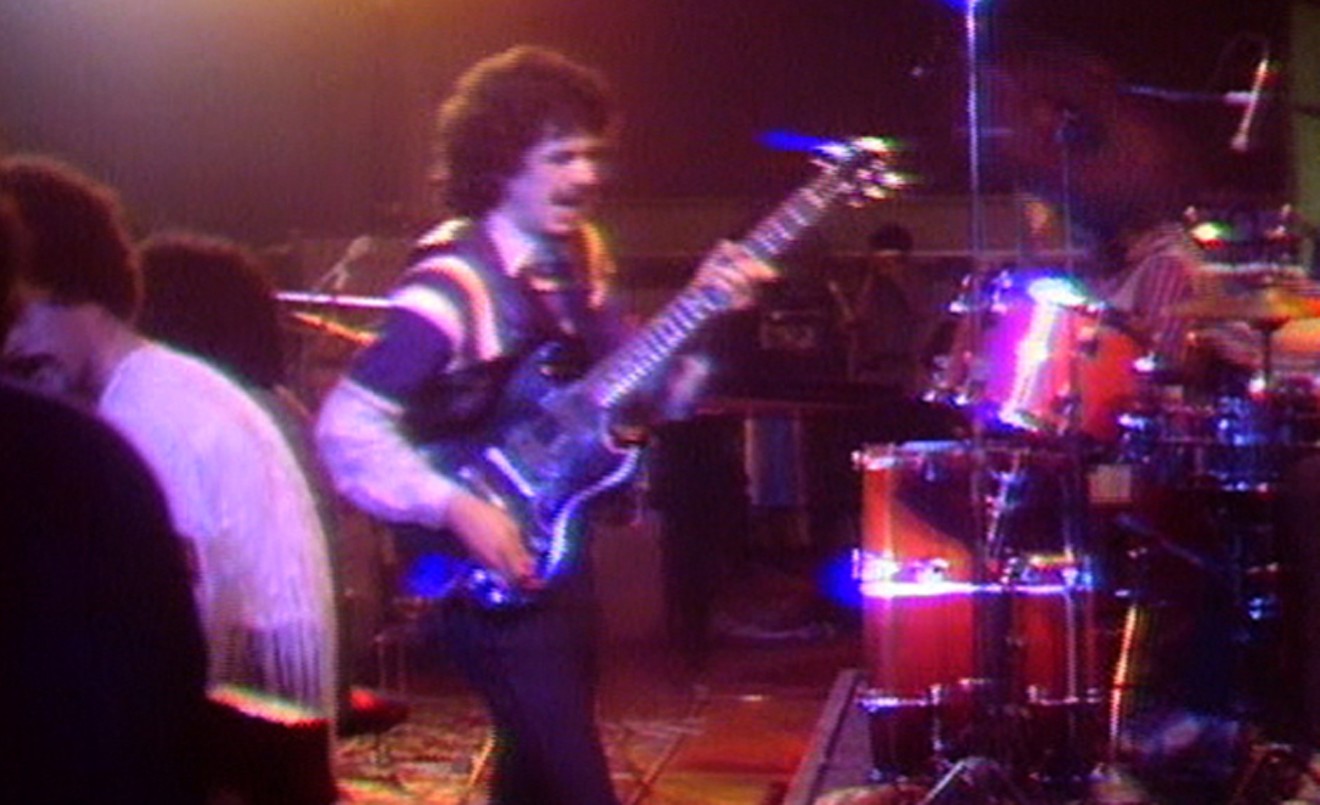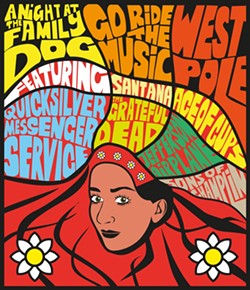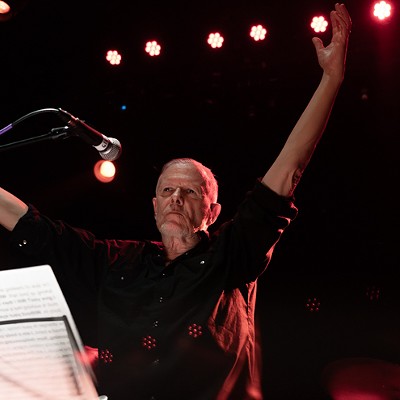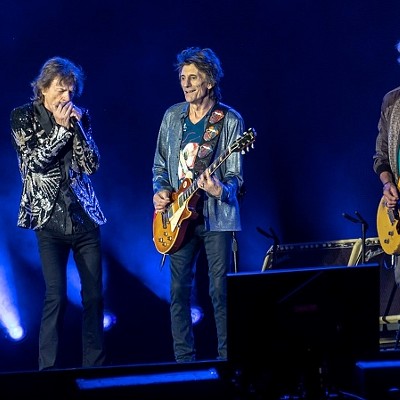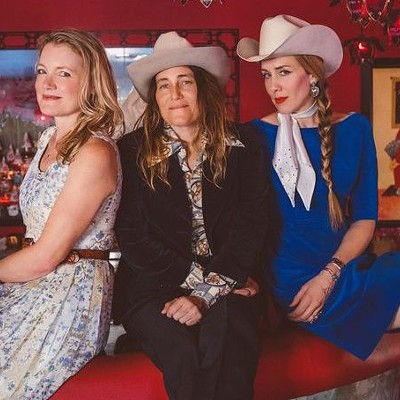He was more than a generation older than the original hippies, had short hair, smoked a pipe, and mostly covered jazz. But San Francisco Chronicle music writer Ralph J. Gleason knew that the new rock music coming out of the city’s scene in the mid/late ‘60s was important, and something to be listened to and taken seriously. Hell, he co-founded the city’s Rolling Stone magazine with Jann Wenner, who saw Gleason as a mentor.
He was an early and fervent proponent of bands like the Grateful Dead, Jefferson Airplane, Santana, and other rock groups concentrated in the Bay Area. In addition to covering them in the paper, he co-produced three hour-long of-the-moment documentaries for the city’s KQED Public Television.
Rarely seen since their original broadcasts more than 50 years ago (and fortunate to still exist, given the proclivity for one-off TV shows of the era to be discarded or – gasp – even taped over!), a new DVD from Mercury Studios collects three of the specials in one package. They provide an incredible window of the place and an era from both a musical and sociological perspective.
Go Ride the Music (1969) focuses on live performances from the then white-hot Jefferson Airplane (seven songs, filmed on a soundstage) and Quicksilver Messenger Service (four songs, filmed at an outdoor festival).
The revelation here is how more expansive and rocking the Airplane are, especially for those who only know their most famous hits (“White Rabbit,” “Somebody to Love”). A ferocious “Volunteers” (with its “Got a Revolution!” exhortation) really smokes and is intercut with new footage of protest rallies. Co-lead vocalists Grace Slick and Marty Balin shine on “Mexico” and an extra funky “Plastic Fantastic Lover” respectively.
Guitarist Jorma Kaukonen wastes not a single note throughout, and Balin’s vocal power is on full display, especially in the hard rock of “Emergency.” True to the tenor of the times, he tells the camera in one of the few spoken interview segments of his stage practice.
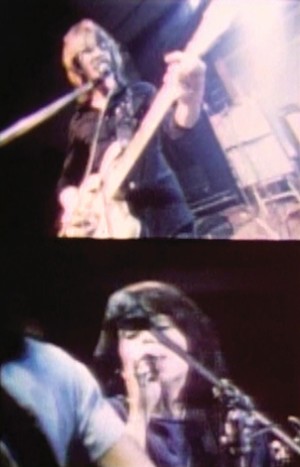
The Jefferson Airplane's Paul Kantner and Grace Slick in "Westpole."
Screen shot from Mercury Studios
Quicksilver Messenger Service are usually not mentioned in discussions of the “big bands” out of San Francisco, but for a while they were among the most popular locally, they just never broke through. Of the songs here, the countryfied “Warm Red Wine” and “Somebody’s Crying” flatline.
They’re much more successful with a groovy “Subway” (intercut with footage of roadies setting up their equipment for the festival) and a psychedelic blues take on Bo Diddley’s “Mona.” Vocalist Dino Valenti and lead guitarist John Cipollina (who sings “Mona”) make the most impact here.
Videos throughout are intercut of familiar topless (male and female) fans grooving to music as part of a larger audience. One can imagine someone today recognizing a grandparent and going “Poppy! Is that you smoking a joint?” “Nana, are you showing your boobs?”
But it’s Jerry Garcia of the Grateful Dead—filmed in his backyard with his family of Mountain Girl and daughter Sunshine swinging in a tire—who is the most clear-eyed and succinct about the family and bonds of the San Francisco groups He calls the Airplane “amazing musicians, poets, and crazy people,” as well as vocalizing his hopes and aspirations for the San Francisco Scene going forward. It’s not surprising when Captain Trips is credited in the end roll as “Guru.”
We get to see mustachioed Ralph J. Gleason himself as the avuncular and erudite on-screen narrator of Westpole (1969), subtitled An Essay on the San Francisco Adult Rock Scene. He gives an even-keeled history of San Francisco music history, but this is not from the distance of time. It’s definitely of the now period as he namechecks local venues like the Avalon, Fillmore West, and Carousel. As well as the free concerts in the city’s parks that were so important.
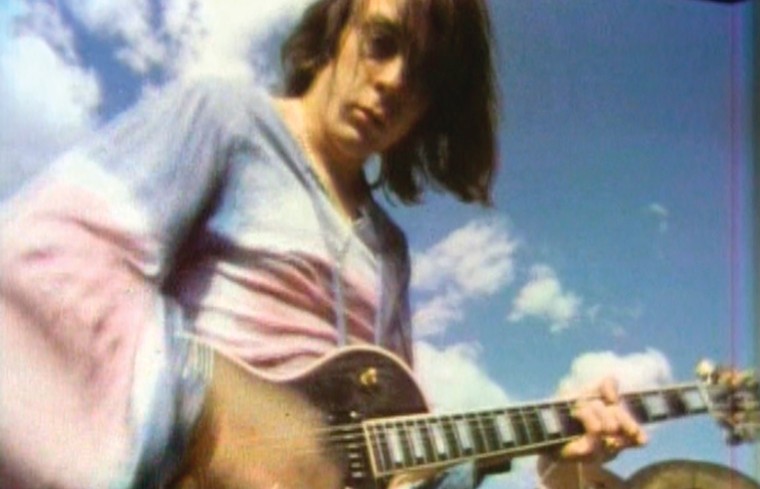
John Cipollina of Quicksilver Messenger Service in "Go Ride the Music."
Screen shot from Mercury Studios
There’s of course ubiquitous footage of happy hippies grooving (with the occasional holding-hands circle dance) and lines outside of clubs. Music fan-on-the-street interviews add some really cool context. Kudos to the fans who namecheck deep cut bands It’s a Beautiful Day and the Flamin’ Groovies.
Gleason says that an informal list of then-playing SF rock groups is at 135—including like ones seem today like parody names: like: African Creeps Up & Up, Celestial Hysteria, Colossal Pomegranate, Curly Cook’s Hurdy Gurdy Band, the Freudian Slips, Frumious Bandersnatch, the Loading Zone, Magnesium Water Lily, Peter Wheat and the Bread Men, Purple Earthquake, Truman Coyote, and Wierd [sic] Harold.
Filmed performances, and early music videos from the Steve Miller Band, Grateful Dead, Jefferson Airplane, and Quicksilver Messenger service are either shown or soundtracked the footage. Though there’s an overuse of “psychedelic” or specialized video effects and aren’t especially good. San Francisco, as Gleason says, is where music “changed from teenaged entertainment, where it grew up.”
Finally, Chet Helms was a transplanted Texan who heard the siren call of San Francisco (as would a Lone Star State friend who he convinced to follow him…Janis Joplin).
But his biggest contribution to the SF rock scene was producing on shows at the Fillmore Auditorium under the banner of Family Dog Productions, putting together inventive bills that might match and acid rock group with an elderly blues legend or jazz icon (frenemy Bill Graham would take the same approach, and ultimately emerge as the scene’s Alpha Dog).
So, the straight concert film A Night at the Family Dog (1970) showcases the city’s two biggest groups—the Jefferson Airplane and the Grateful Dead—along with newcomers Santana, who had electrified the audience at Woodstock the year before. The video and sound quality and camera angles here is the best of the three documentaries.
Santana’s portion is simply stunning, combining a tightness and improvisation under the leadership of guitarist Carlos Santana in the all-instrumental “Incident at Neshabur” and “Soul Sacrifice” Both are buoyed by percussionists/conga players Michael Carabello, José “Chepito” Areas, and drummer Michael Shrieve. Santana—seemingly high on something—alternately looks on approvingly or closes his eyes in bliss.
Keyboardist and occasional vocalist Ron “Pigpen” Mckernan kicks of the Dead’s set with the Otis Redding (later Black Crowes) cover “Hard to Handle” before Jerry Garcia—looking like one of cartoonist Gilbert Shelton’s Fabulous Furry Freak Brothers come to life—takes over with a jammy “China Cat Sunflower” and countrified “I Know You Rider.” The Airplane go psychedelic (though a bit more disjointed) with “The Ballad of You and Me and Pooneil” and Grace Slick-sung “Eskimo Blue Day.”
And ending “Super Jam” features members of all three groups, creating an almost Avengers-like team of future rock legends. In the end, the importance of these three documentaries—written and shot at a time when the San Francisco rock scene was actually occurring in real time—make them important cultural artifacts. Plus, the light shows are groovy.

